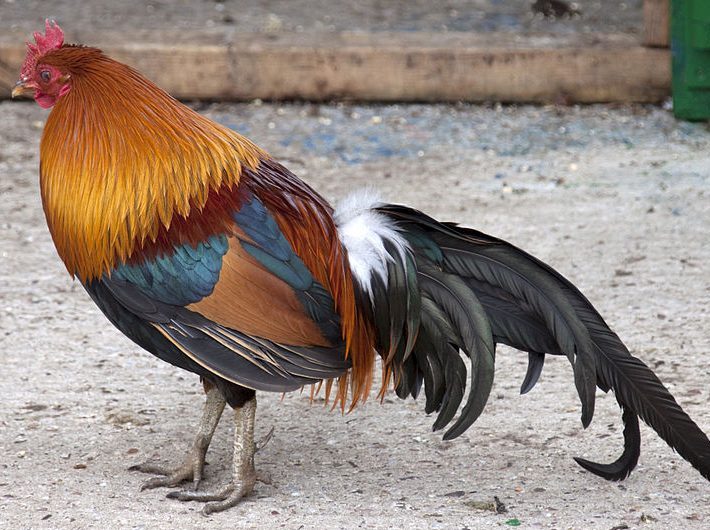There’s a new poultry product on the market we can’t wait to cook with: cockerel. While it may not technically be a new product, cockerel remains relatively niche in the Australian foodservice industry — until now.
Cockerel is the name given to a young male chicken not yet at the maturation stage of a rooster. Due to their taller, leaner structure, cockerel and rooster meat has been typically considered less appealing than female chicken meat.
Despite this, there’s still many instances of cockerel being served and savoured throughout history. Most notably, the French coq au vin, a peasant-style stew combining cockerel and red wine that can be traced back to the early 1900s. The iconic dish remains popular today, making a case for cockerel’s place in the modern kitchen.
Background
Cockerels are typically a by-product of the egg industry, with male chicks disposed of shortly after hatching and considered wastage. They’re commonly thought to be less tasty, more difficult to raise and slower growing compared to their female counterparts. But as innovators and industry leaders look to more ethical and sustainable practices, the thinking around male chicks is shifting away from waste and towards an exciting new opportunity for chefs.
Provenance and traceability
Producers such as Chooks At The Rooke in South West Victoria are paving the way for cockerel accessibility. They raise male chickens until they are 24 weeks old and offer complete transparency, so chefs and restaurants can quickly find detailed descriptions of a cockerel’s farm of origin, weight, processing location and more.
Flavour profile
If you’re expecting a typical chicken flavour and texture, think again. Cockerel meat is richer and more intense and has a firm yet silky texture and an almost-gamey flavour profile. Cockerel typically boasts a higher bone density than female chickens, imparting stronger structure and flavour when cooking.
Culinary applications
Cockerels can be slow roasted, pot roasted, poached or brined, and are just some of the methods that bring out the best of the flavoursome bird. Chefs including Guy Grossi (Grossi Florentino), Annie Smithers (du Fermier), Victor Liong (Lee Ho Fook) and Nicholas Hill (Porcine) are already cooking with cockerel. From Liong’s crispy skin cockerel and half a coq with sweet corn and savoury at Porcine to cockerel risotto parmesan with cime di rapa at Carlton Wine Room, there’s no shortage of creative cockerel dishes popping up on the Australian food scene.

